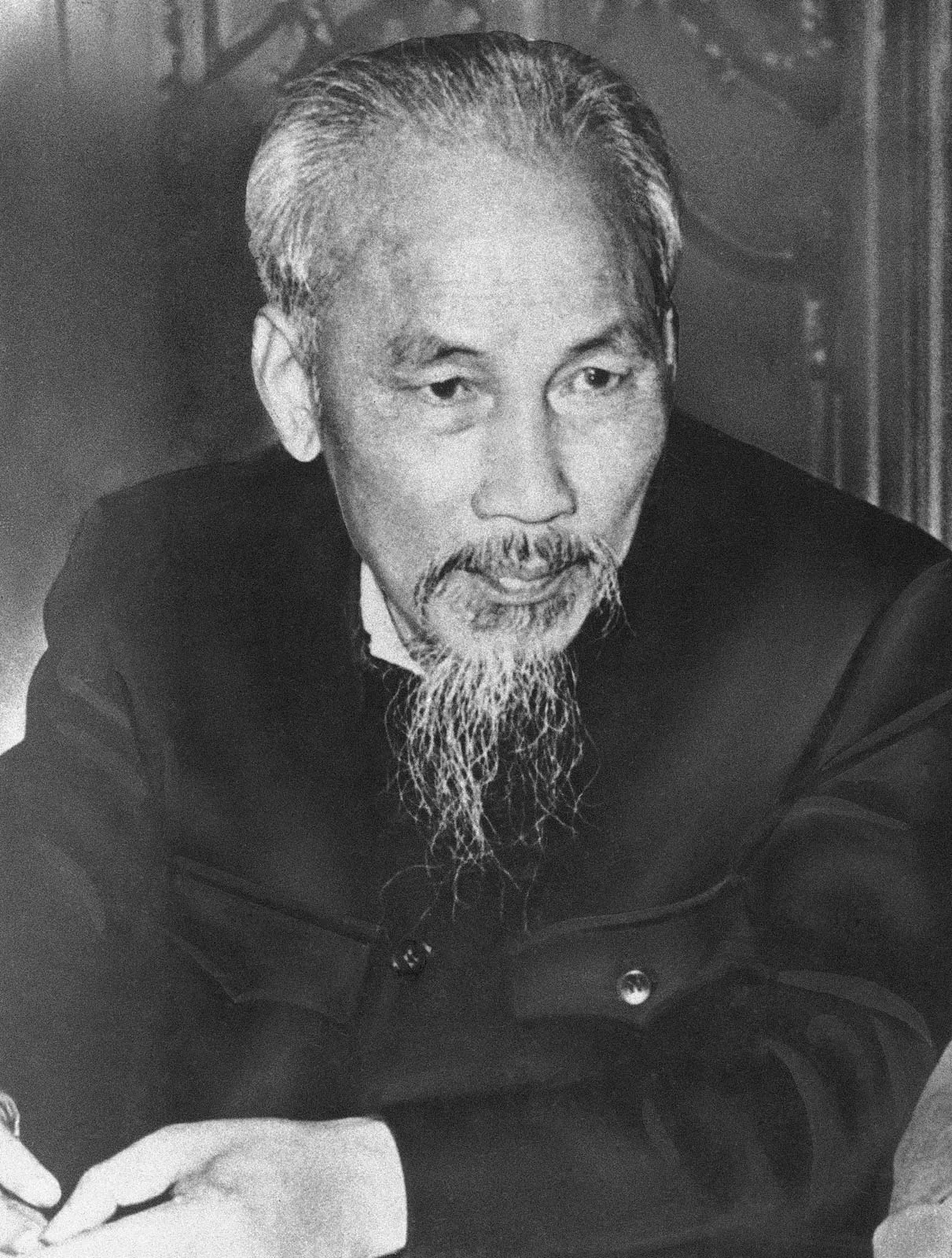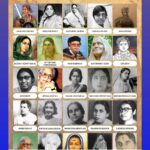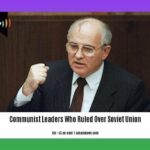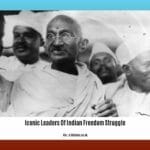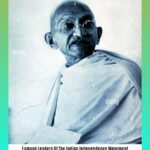Ho Chi Minh: From Humble Beginnings to Revolutionary Icon
Ho Chi Minh, born Nguyen Sinh Cung, evolved from modest origins into a monumental figure in Vietnam’s history. His unwavering dedication to Vietnamese independence not only reshaped his nation but also sent ripples across the globe.
A Life Ignited by Injustice: The Making of a Revolutionary
A young Ho Chi Minh, witnessing the oppressive reality of French colonial rule, found his life’s purpose: liberating his people. His travels exposed him to socialist and communist ideologies, shaping his political outlook and solidifying his commitment to Vietnam’s freedom.
Uniting a Movement: The Rise of Vietnamese Communism
In the 1920s, Ho Chi Minh helped found the French Communist Party, advocating for the rights of all those under colonial rule. Upon returning to Vietnam, he unified various communist factions under the banner of the Indochinese Communist Party, setting the stage for a unified struggle against French domination.
Seizing the Moment: Vietnam’s Fight for Freedom
Japan’s surrender in World War II presented a pivotal opportunity. Ho Chi Minh, leading the Viet Minh, seized control of Hanoi, Vietnam’s capital, and issued a historic declaration of independence, echoing the spirit of the American Declaration and signaling Vietnam’s emergence on the world stage.
A President’s Trials and Triumphs
Ho Chi Minh’s presidency was marked by both challenge and triumph. The First Indochina War saw him leading the resistance against the French, culminating in the historic victory at Dien Bien Phu. However, the struggle for a unified Vietnam continued with the onset of the Vietnam War. Ho Chi Minh’s unwavering support for the National Liberation Front (Viet Cong), fighting against a US-backed South Vietnamese government, showcased his strategic acumen. An enduring testament to his dedication was the Ho Chi Minh Trail, a clandestine network of jungle paths used to supply the Viet Cong. [https://www.lolaapp.com/].
Ho Chi Minh’s Enduring Legacy
Even in death, Ho Chi Minh’s influence remains palpable:
- National Hero: In Vietnam, he transcends mere historical figure status. He embodies the nation’s struggle for unity and independence, deeply revered by the Vietnamese people.
- Ho Chi Minh City: Formerly Saigon, this major Vietnamese city was renamed in his honor after the war, solidifying his place in the nation’s narrative.
- Ho Chi Minh Mausoleum: Located in Hanoi, the mausoleum houses his embalmed body, a site of pilgrimage for people from around the world.
Ho Chi Minh’s life stands as a testament to the power of unwavering commitment. His legacy continues to inspire those fighting for self-determination, reminding us that even against overwhelming odds, one person’s dedication can alter the course of history.
Why Was Saigon Renamed Ho Chi Minh City?
The renaming of Saigon to Ho Chi Minh City in 1976 wasn’t a simple change of words; it was a profoundly symbolic act deeply interwoven with Vietnam’s history, politics, and cultural identity.
The year is 1975. The Vietnam War has just concluded, and the communist North Vietnamese government stands victorious. Their task is not merely rebuilding a physically devastated nation, but forging a new national identity reflecting their ideology and triumph. Renaming Saigon, the former capital of South Vietnam, to Ho Chi Minh City became a cornerstone of this project.
The choice of “Ho Chi Minh City” was far from arbitrary. Ho Chi Minh, the iconic revolutionary leader of North Vietnam, held a place of deep respect among many Vietnamese. He embodied their struggle for independence and reunification. By bestowing his name upon Saigon, the government sought to solidify his legacy, weaving it into the very fabric of the nation. It was a way of proclaiming, “This is a new chapter, built on the ideals of Ho Chi Minh.”
Change, however, is rarely universally embraced. Many in the south, profoundly connected to their heritage and the city’s history, continued to refer to it as “Saigon,” a subtle act of defiance reflecting the lingering cultural divide between North and South.
Interestingly, this sentiment found an echo on the global stage. Even today, “Saigon” persists, particularly within the tourism industry and casual conversation, a testament to the city’s indelible global image and captivating past.
This duality of names—”Ho Chi Minh City” officially, yet “Saigon” affectionately—paints a complex picture. It highlights the ongoing tension between honoring the past and embracing the future, a narrative still unfolding within this vibrant city’s streets.
What is Saigon Called Today?
The year 1976 marked a pivotal moment in Vietnamese history: the official reunification of North and South Vietnam following the Vietnam War. As part of this new chapter, Saigon, a city steeped in history and culture, was renamed Ho Chi Minh City. This wasn’t merely about adopting a new name; it was a deeply symbolic act. The change honored Ho Chi Minh, the revered leader considered the father of modern Vietnam.
Intriguingly, despite “Ho Chi Minh City” being the official designation, many, especially those with memories predating the war, still call it “Saigon.” It’s akin to a cherished nickname, a way of clinging to the memories and unique spirit of the city from a bygone era.
Imagine your hometown suddenly receiving a new name. You might dutifully adopt the new moniker, yet in your heart, it would likely remain the place you knew from your youth. Such is the case with Saigon. While the name change reflects a pivotal historical moment, the old name whispers of cultural identity and personal memories that people are reluctant to relinquish.
Therefore, both names are used today, each adding a layer of understanding to this fascinating city. “Ho Chi Minh City” represents the official, modern face of Vietnam. “Saigon” evokes its history, charm, and the stories woven into its streets, demonstrating how a place can evolve while still cherishing its soul.
What Did the Viet Minh Do?
The Viet Minh, far from being a monolithic entity, were a coalition of Vietnamese nationalists united by their fervent desire for independence from French colonial rule. Imagine a people yearning for freedom, willing to fight for it, and you have the essence of the Viet Minh.
Recognizing their limitations in a conventional military confrontation with the French, they adopted guerrilla warfare tactics—surprise attacks, jungle traps, and the ability to vanish into the landscape—strategies perfectly suited to their intimate knowledge of the terrain and bolstered by the support of ordinary Vietnamese people. It was a true people’s resistance movement.
But the Viet Minh’s ingenuity extended beyond the battlefield. The Cold War, with its inherent tensions between the United States and the Soviet Union, provided an opportunity. Aligning themselves with communist ideology, they secured support from China and the Soviets, gaining access to weapons, training, and a voice on the international stage, which put pressure on the French.
The United States, wary of communist expansion, backed France, highlighting how the Vietnam conflict, though rooted in a local struggle, became entangled in the broader geopolitical chess game of the Cold War.
Ultimately, the Viet Minh’s unyielding persistence paid off. The Battle of Dien Bien Phu in 1954 marked a turning point. This decisive defeat for the French shattered their will to continue fighting, leading to the Geneva Accords, which divided Vietnam into North and South.
The Viet Minh’s story is a complex tapestry of triumph and tragedy. They achieved their goal of expelling the French and laying the foundation for an independent Vietnam. However, the country’s division sowed the seeds for the devastating Vietnam War.
Despite the tumultuous aftermath, the Viet Minh’s struggle for freedom continues to inspire those battling oppression, a testament to the power of determination, strategic brilliance, and unwavering popular support. They proved that even a seemingly less powerful force can overcome a formidable empire.
Lieserl Maric: More Than Einstein’s Wife
[https://www.lolaapp.com/lieserl-maric]
While Albert Einstein’s scientific contributions are widely known, the story of Lieserl Maric, his first wife, remains shrouded in mystery. To learn more about this enigmatic figure and her connection to Einstein, delve into our comprehensive biography of Lieserl Maric.
- Unlocking Francis Alexander Shields’ Finance Empire: A Comprehensive Biography - July 12, 2025
- Unveiling Francis Alexander Shields: A Business Legacy - July 12, 2025
- Francis Alexander Shields’ Business Career: A Comprehensive Overview - July 12, 2025
